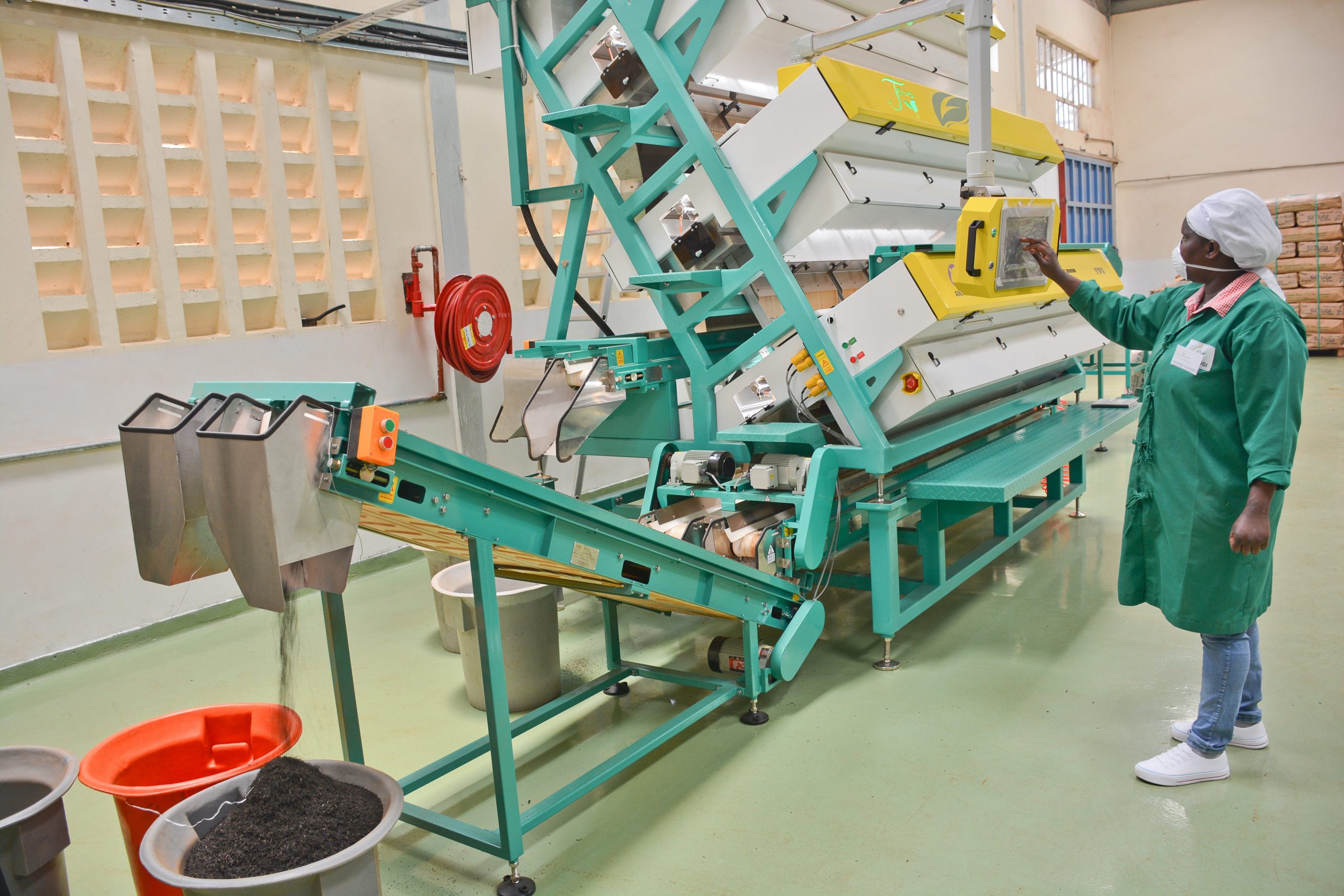Production of orthodox and specialty teas by factories managed by Kenya Tea Development Agency rose by 25 percent in the year ended June 30 as the diversification strategy to reduce reliance on Black CTC gathers momentum.
Orthodox tea refers to loose leaf tea produced using traditional methods, which involves plucking, withering, rolling, oxidation or fermentation, and drying. CTC (Crush, Tear, and Curl or Cut, Tear, and Curl) is a method of processing black tea in which tea leaves are passed through a series of cylindrical rollers with serrated blades that crush, tear, and curl the tea into small, even-shaped pellets.
The factories produced 2.0 million kilos of orthodox tea, up from 1.6 million kilos in the previous year (2018-19).
The increased output reflects the ongoing investment in machinery with 10 factories having installed production lines for orthodox tea processing. Of these, 9 are processing. These are – Itumbe (Kisii County), Michimikuru (Meru County), Kangaita (Kirinyaga County), Imenti (Meru County), Kiru (Murang’a County), Thumaita (Kirinyaga County), Gitugi (Murang’a County), Kagwe (Kiambu County) and Chinga (Nyeri).
One more factory- Kimunye (Kirinyaga) is being commissioned and will commence processing of orthodox tea this quarter.
Another factory under construction, Matunwa (Nyamira County) is also set to process orthodox tea. The roll-out is continuing and more factories will be investing in orthodox processing lines.
In addition, a specialty tea factory in Kangaita is nearing completion and is expected to process Japanese-style green tea.
The growth in capacity by these expanded and new facilities will further accelerate a diversification programme by the Agency aimed at opening new markets and diversifying earnings from the current Black CTC tea whose prices have taken a dip at the Mombasa Tea Auction.
Other speciality teas on focus include green, purple and white teas. Kenyan-made orthodox teas are mainly sold in Germany, Russia and the United Arab Emirates.













Leave a comment